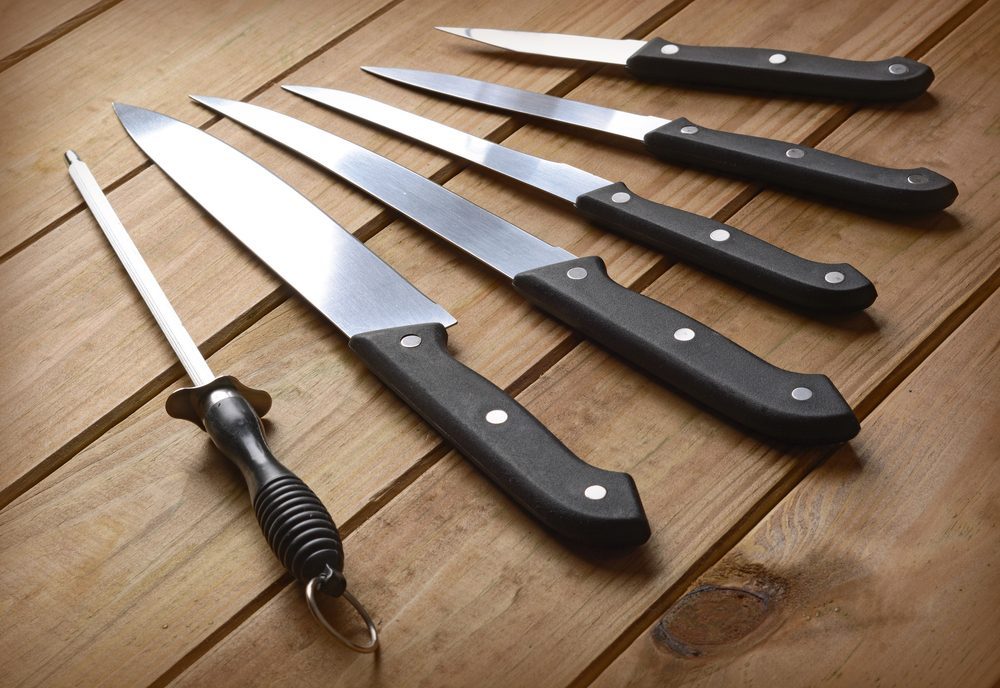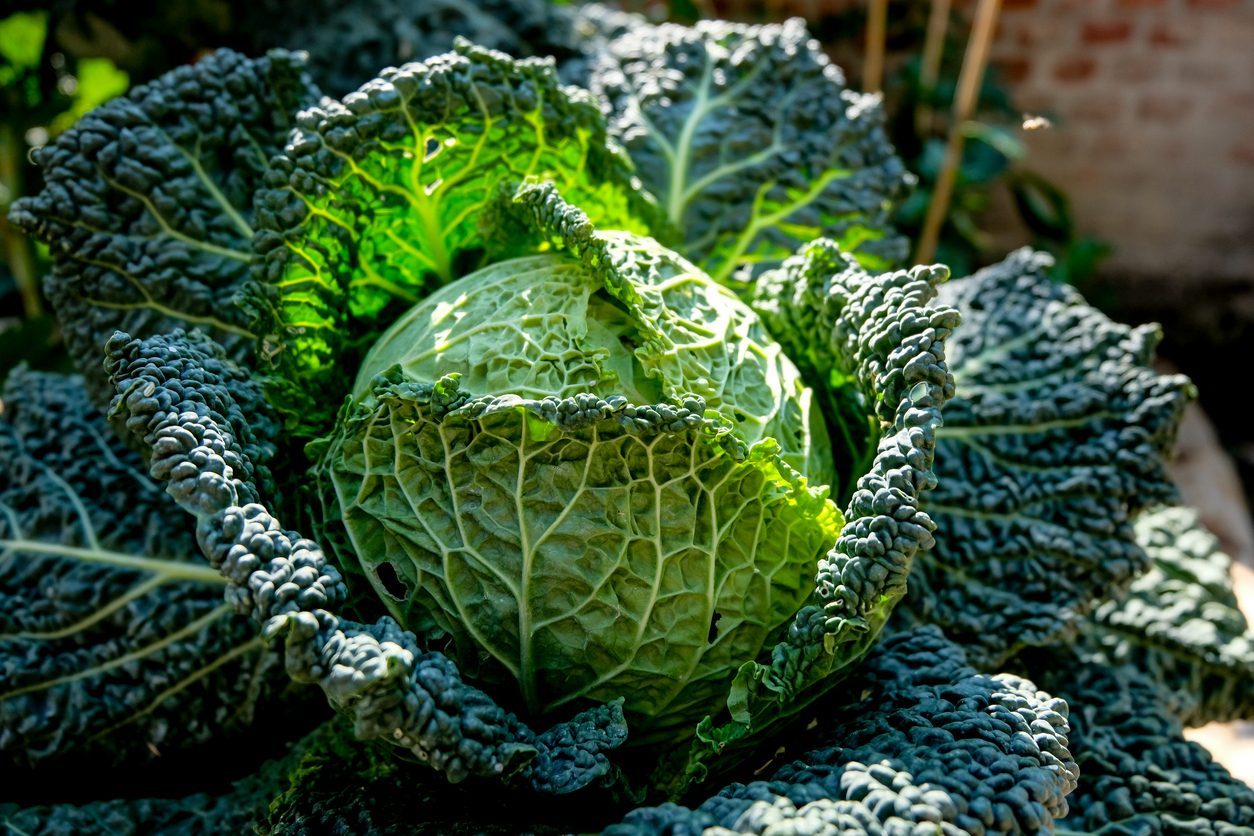How to use quinoa in the kitchen: how to choose it, treat it and use it in tasty recipes
Perhaps not everyone knows that quinoa is a "fake cereal"; actually it’s just a gluten-free, low-calorie and easy-to-digest food. Simple to cook and much more versatile than you can imagine, quinoa has many beneficial properties and it is perfect for making light but tasty dishes.
;Resize,width=742;)
Perhaps not everyone knows that quinoa is a "fake cereal"; actually it’s just a gluten-free, low-calorie and easy-to-digest food. Simple to cook and much more versatile than you can imagine, quinoa has many beneficial properties and it is perfect for making light but tasty dishes. Let's see why buying it and having it at home could be a great idea.
We increasingly find it in our supermarkets and use it in our recipes; we are talking about quinoa, a naturally gluten-free herbaceous plant, rich in proteins and mineral salts. Wrongly considered a cereal, actually quinoa is the queen of seeds, a very low calorie and very versatile food for our recipes. So let's find out everything there is to know about this food, how to treat it and use it for healthy and genuine dishes.
What quinoa is and where it comes from
Quinoa is an annual herbaceous plant belonging to the Chenopodiaceae family, the same family of spinach. It comes in the form of seeds which, if milled, produce a flour rich in starch but totally gluten-free. Although quinoa is used very similarly to cereal in our recipes, it is not a cereal and it does not belong to the Graminacee family. There are three main varieties of quinoa on the market; white quinoa (the most common), red quinoa and black quinoa.
Quinoa is low in fat and gluten-free but at the same time it is rich in proteins, mineral salts such as iron, potassium and phosphorus, but also carbohydrates; its composition makes it a very digestible and at the same time satiating food and that's why it is recommended in low-calorie diets. In nature there are more than 200 varieties of quinoa; in Latin America quinoa is also defined"the mother of the seeds" and even "the gold of the Incas".

Benefits of quinoa
In addition to being particularly digestible, quinoa is an excellent ally of our body and it guarantees us numerous benefits:
Quinoa is naturally gluten-free, perfect for those suffering from celiac disease or gluten intolerances;
Quinoa protein intake makes it a very valid alternative to food of animal origin, excellent for those who follow a vegan or vegetarian diet;
Quinoa is a very energizing food and, for this reason, it is recommended for children, sportsmen and pregnant women;
Quinoa contains lysine and methionine, two essential amino acids that help insulin metabolism; this factor helps to counteract the onset of forms of diabetes;
Quinoa contains carbohydrates and few fats; this composition makes quinoa a very satiating but, at the same time, light food.
Tips for treating and cooking it

To best enhance the flavor of quinoa and cook it in the right way, you need to follow some simple precautions:
Rinse it carefully under running cold water and drain it; in this way in fact you will eliminate the saponin, the protective coating of the seeds which, in cooking, could ruin your dish making it bitter;
toast the seeds for 5 minutes in a pan with a drizzle of oil, stirring constantly; in this way you will enhance the flavor of the seeds before cooking;
cook it following the proportion of 1:2, that is a cup of quinoa for two cups of water. Bring the water to a boil (which you can replace with vegetable, meat or fish broth), when it reaches the boiling point pour the quinoa, cover with a lid and cook for 10-15 minutes until the seeds have absorbed all the water and doubled their volume.
Use in the kitchen

Once cooked in the right way, quinoa can become the protagonist of many recipes; the simplest idea that could come to mind is that of a fresh salad with cherry tomatoes, onion and corn but you could also prepare delicious vegan quinoa burgers or delicious cocotte to serve as an alternative appetizer.
Quinoa can also be used as a variant of the classic cereals for a warm winter soup and, for the bravest in the kitchen, there are also sweet recipes; in this case you have absolutely to try the quinoa biscuits.
;Resize,width=767;)
;Resize,width=712;)
;Resize,width=712;)
;Resize,width=712;)
